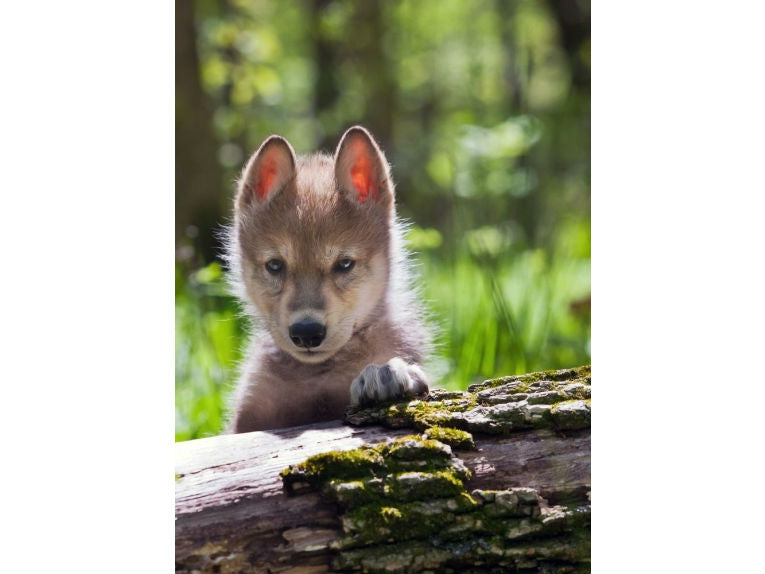When the wolf was killed off in many countries, the farmers thought that was good for their self-contained environment. When we lose such top predators from the food web, there are some obvious responses and ten there are the less obvious.
Obviously degradation of the system is normal, but a total understanding of all the changes involved is lacking. While the fish, bass can be re-introduced to some lakes without ecological turmoil, what often happens in many cases is that predator removal causes a proliferation of the dominant plant. That in itself could be the pollution or be the cause of a plague of plant-eaters (consumers).
Over ten years in Yellowstone, browsing animal effects and stream alteration by beavers were studied. Three willow species' height, growth and their accumulation of biomass were measured while stream depths at dammed and undammed stretches were recorded. Kristin N. Marshall, N. Thompson Hobbs, and David J. Cooper from the US Natural resource and Ecology Lab. and Colorado State University were all involved in discovering how the hydrology limited the recovery of the old ecosystem containing the wolves.
To exclude grazers, a 2.4m fence was erected around two lots while two others were left unfenced. Artificial dams were constructed on half of the plots to raise the water level, raising the water table by an average of 33cm.
After a decade of no ungulates eating them the willows could not reach the height threshold that indicated recovery to "ancient" levels. If the water table was raised, however, the willows were 50% taller and accumulated 90% more biomass. This indicates that many stream conditions were affected, including the supply of nutrients and water.
So 100 years ago, the loss of wolves here caused the production of an "alternative" ecosystem. Wolves have not yet restored the "ancient" ecosystem, while beavers have not yet recolonised either. The danger is that the alternative ecosystem is resistant to predator restoration. It now remains to be seen if beavers can be recruited into the area and other species start recreating their previous hierarchies.
The key to success with these predator re-introductions seems to be in establishing the ancient co-evolutionary relationships. Animals and plants evolved together to succeed in a particular way. Without support, the old system crumbles away and new relationships have to develop. Now we can start wondering what support is needed for tigers re-establishing in Asia or even your local peregrines, locating in quarries where they haven't been seen before. This paper was published today by the Proceedings of the Royal Society B: Biological Sciences.










